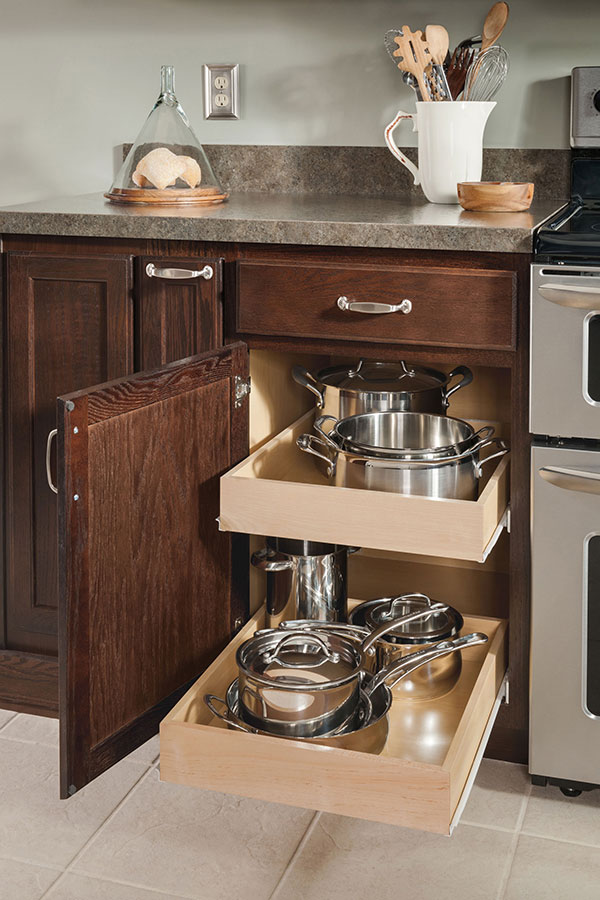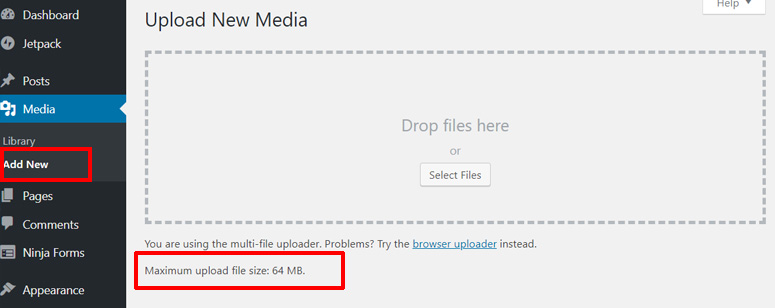Photos Maximum Library Size
As described really, I got an error message whilst trying to upload images to the Media Library. The images are JPG compressed. This is the error message:
Post-processing of the image failed likely because the server is busy or does not have enough resources. Uploading a smaller image may help. Suggested maximum size is 2500 pixels.
Any ideas? Internet is fine, caches are cleared and the images are small in size.
Thank you.
- This topic was modified 1 year, 2 months ago by . Reason: Moved to Fixing WordPress, this is not an Everything else WordPress topic
In contrast, all the photos and videos in iCloud Photo Library do count against that storage limit. A free iCloud account gives you 5 GB to get started. But, particularly if you’re backing up an iOS device or two, a photo library of any decent size won’t come close to fitting in that space.
- The ideal cover photo size is 820 pixels wide by 462 pixels tall (similar to the Facebook Page cover photo). But the area visible on the desktop is 820 pixels wide by 250 pixels tall (slightly shorter than the Facebook Page cover photo). Your photo has to be at least 400 pixels wide and 150 pixels tall, according to Facebook.
- An Asset Library is a type of document library that you can upload video, audio, or pictures and have additional functionality to support the storage and organization of rich media. To create an Asset Library, see Set up an Asset Library to store images, audios, and videos. There are file size limits for uploading.

Hello, I found this very through set of options and steps to try to deal with this error message. Hopefully, you find a solution in this list. Gmail account creator script.
- The topic ‘Error uploading photos to Media Library’ is closed to new replies.
Summary: Configure the use of high-resolution photos in Exchange Server 2019, Exchange Server 2016, Exchange Server 2013, or Exchange Online and Skype for Business Server.
In Skype for Business Server, photos can be stored in a user's Exchange Server 2019, Exchange Server 2016, Exchange Server 2013, or Exchange Online mailbox, which allows for photo sizes up to 648 pixels by 648 pixels. In addition, Exchange Server can automatically resize these photos for use in different products as needed. Typically that means three different photo sizes and resolutions:
64 pixels by 64 pixels, the size used for the Active Directory thumbnailPhoto attribute. If you upload a photo to Exchange Server, Exchange will automatically create a 64 pixel by 64 pixel version of that photo and update the user's thumbnailPhoto attribute. Note, however, that the reverse is not true: if you manually update the thumbnailPhoto attribute in Active Directory the photo in the user's Exchange mailbox will not automatically be updated.
96 pixels by 96 pixels, for use in Microsoft Outlook 2013 Web App, Microsoft Outlook 2013, Skype for Business Web App, and Skype for Business.
648 pixels by 648 pixels for use in Skype for Business and Skype for Business Web App Skype for Business Web App.
Photos Maximum Library Size Limit
Note

If you have the resources, it is recommended that you upload 648 x 648 photos; that provides the maximum resolution and optimal picture quality in any of the Office 2013 applications. Each JPEG photo with a size of 648 x 648 and a depth of 24 bits results in a file size of approximately 240 kilobytes. That means you will need approximately 1 megabyte of disk space for every 4 user photos.
High-resolution photos, which are accessed by using Exchange Web Services, can be uploaded by users who are running Outlook 2013 Web App; users are only allowed to update their own photo. Administrators, however, can update the photo for any user by using the Exchange Management Shell and a series of Windows PowerShell commands similar to the following:


The first command in the preceding example uses the Get-Content cmdlet to read the contents of the file C:PhotosKenmyer.jpg and store that data in a variable named $photo. In the second command, the Exchange cmdlet Set-UserPhoto is used to upload the photo and attach that photo to Ken Myer's user account. Screen recording for mac pro.
Note
In this example, Ken Myer's Active Directory display name is used as the user account Identity. You can also reference a user account by using other identifiers such as the user's SMTP address or his or her User Principal Name. See the documentation for the Set-UserPhoto cmdlet at https://go.microsoft.com/fwlink/p/?LinkId=268536 for more information
Uploading the photo does not equate to assigning that photo to Ken Myer's user account. Instead, uploading the photo simply results in a preview of that photo to be displayed on the Outlook Web App Options page. To actually assign that photo to the user account the user must click Save on the Options page or the administrator must execute the third command in the example. That third command uses the Save parameter to assign the photo to Ken Myer's user account:
To verify that the new photo has been assigned to the user account, Ken Myer can log on to Skype for Business, select Options, and then select My Picture. The newly-uploaded photo should be displayed as Ken's personal photo. Alternatively, administrators can verify the photo for any user by starting Internet Explorer and navigating to a URL similar to this:
Apple Photos Maximum Library Size

How Big Can Photos Library Be
If the administrator can view the photo using Internet Explorer but the user cannot view his or her photo in Skype for Business there may be a connectivity problem with Exchange Web Services or with the Exchange autodiscover service.
Note, too that no additional configuration is required in order to make this photo available in Skype for Business. Instead, the photo will be instantly available after it has been uploaded and the Set-UserPhoto cmdlet has been run.